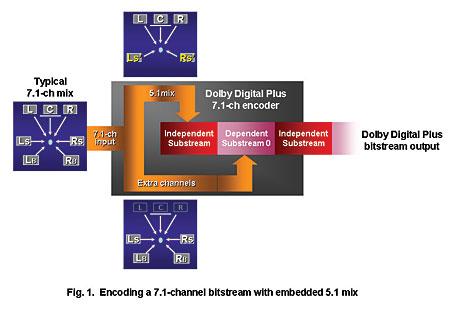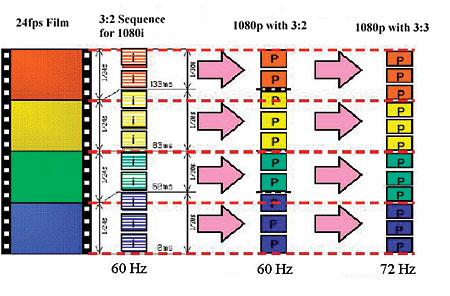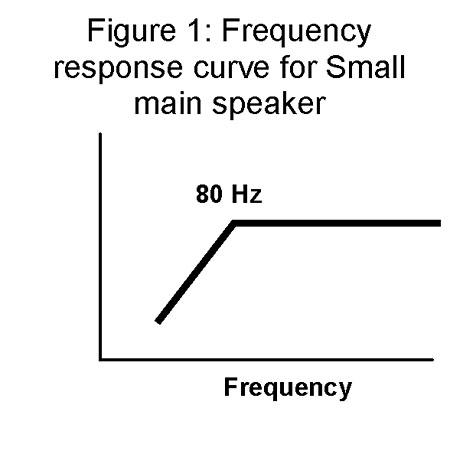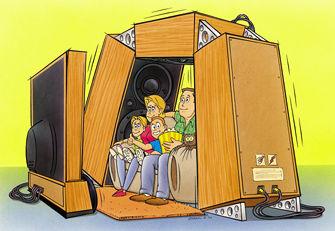AV Glossary
Sort By: Post Date TitlePublish Date
|
May 21, 2007 |
First Published: Apr 21, 2007
|
Feb 08, 2007 |
First Published: Feb 09, 2007
|
Nov 21, 2006 |
First Published: Nov 22, 2006
|
Jul 05, 2006
|
Aug 21, 2005
|
May 08, 2005
|
May 09, 2002 |
First Published: May 10, 2002



















